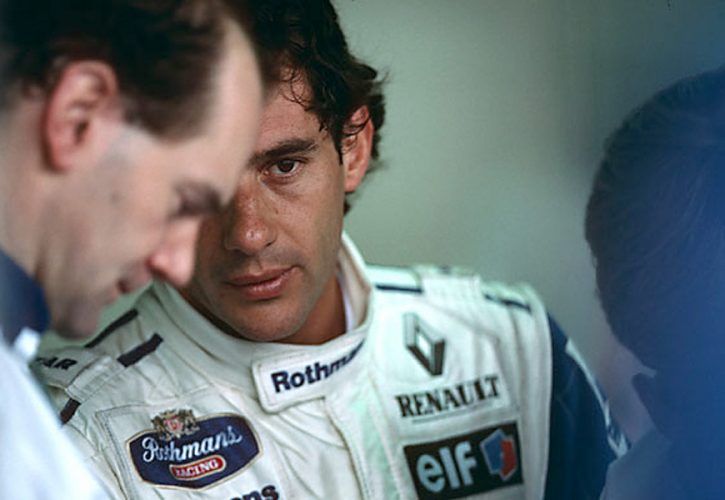
Adrian Newey says he still feels a degree of responsibility for the crash which killed Ayrton Senna at Imola in 1994.
Now chief technical officer of the Red Bull, Newey was chief designer at Williams F1 at the time. Senna died after his FW16 suddenly veered off the track at Tamburello on lap 7. It happened shortly after the race had restarted following a safety car.
The accident led to years of litigation. The criminal investigation centred on the car's steering column which had apparently sheered off. It had been modified and repositioned prior to the race, something Newey regrets.
Newey recalled the moment in his autobiography How to Build a Car published this week by Harper Collins. In the book, he calls the changes to the steering wheel “two very bad pieces of engineering”.
However Newey subsequently reviewed onboard footage from Michael Schumacher’s car which was following Senna on track at the time. The video persuaded Newey that the steering column hadn't been responsible for the crash after all.
The footage showed showed Senna’s car initially broke traction at the rear. That wouldn't have been the case with a steering failure. However, that did little to relieve Newey's sense of responsibility for what had happened.
“Regardless of whether that steering column caused the accident or not, there is no escaping the fact that it was a bad piece of design that should never have been allowed to get on the car," he explained.
“I was one of the senior officers in a team that designeed a car in which a great man was killed."
Newey felt that the lack of performance from the car in the first two races of the season had forced Senna to pushed to the very limit in his battle with Schumacher.
“What I feel the most guilt about [is] the fact that I screwed up the aerodynamics of the car,” he wrote. “I messed up the transition from active suspension back to passive and designed a car that was aerodynamically unstable.
"Ayrton attempted to do things the car was not capable of doing," he added.
“Whether he did or didn’t get a puncture, his taking the inside, faster-but-bumpier line in a car that was aerodynamically unstable would have made the car difficult to control, even for him.
“I will always feel a degree of responsibility for Ayrton’s death - but not culpability."
Gallery: The beautiful wives and girlfriends of F1 drivers
Keep up to date with all the F1 news via Facebook and Twitter







